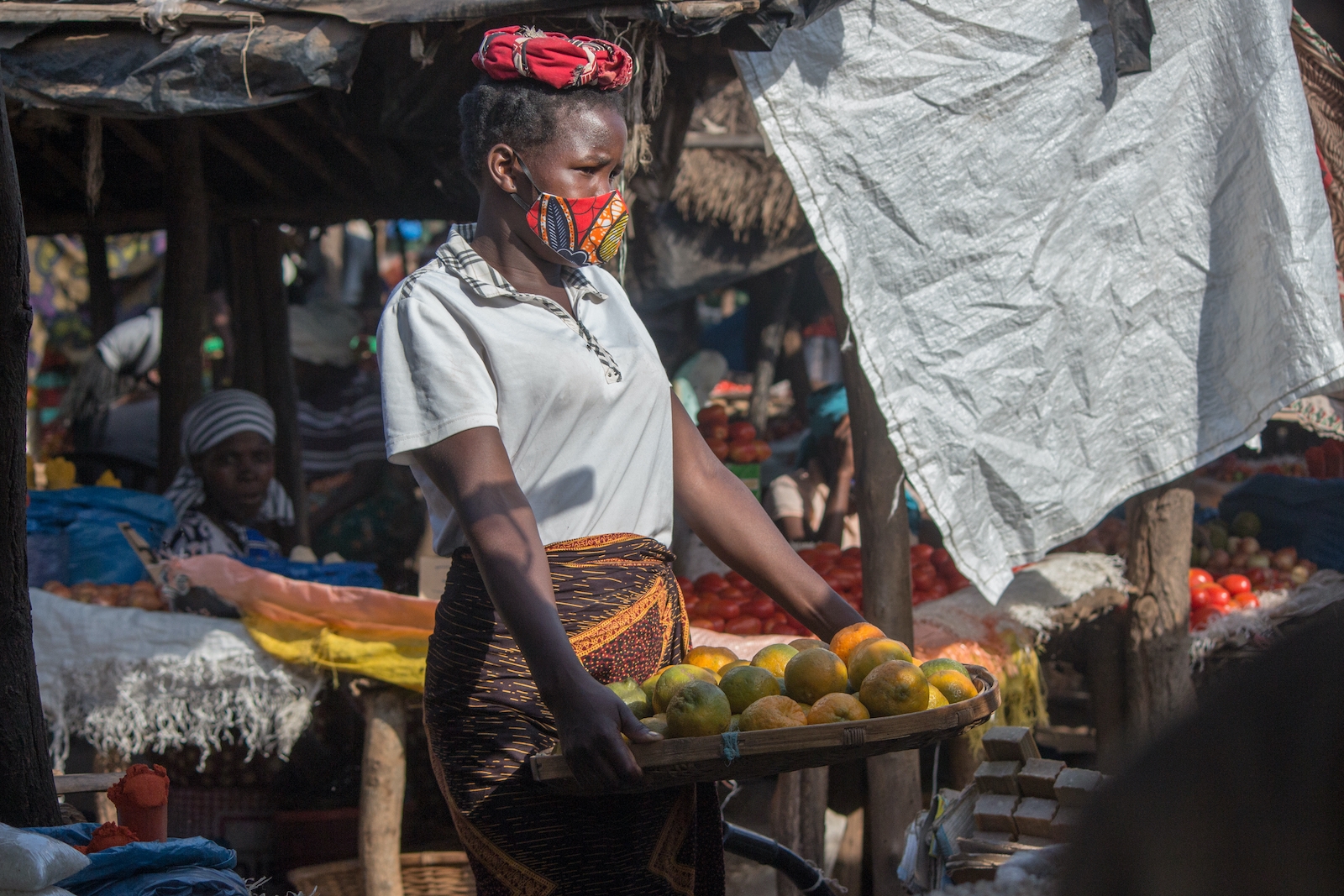
Can Africa Build a Successful Vaccine Ecosystem?
Africa has almost relied entirely on high-income countries to vaccinate its population against COVID-19, and less than 5% of the vaccines administered on the continent have been produced locally. Other infectious diseases remain the leading cause of death in African countries, particularly in children under 5 years of age. Approximately 44% of child deaths in 2016 occurred in sub-Saharan Africa. A vaccine industrial revolution is thus necessary to address these public health issues, and in so doing, achieve national health security and preparedness for future public health emergencies. Developing African manufacturing capabilities will also stimulate investment, economic growth, employment, and exportations.
Over the last five decades, African governments’ budgets for healthcare have been so limited (less than 10% of GDP recommended by the World Health Organization) that major investments in vaccine production capabilities have been unlikely. Several African countries have preferred cheaper vaccines from GAVI and UNICEF to domestic vaccines, making it difficult for a potential manufacturer to achieve economies of scale to compete with the subsidized markets. Although a handful of African governments have shown an interest in establishing vaccine production facilities, investment in establishing local vaccine production had not been the preference of global vaccine players in the absence of a trade agreement among African countries to ensure a relevant regional market size for a return on investment.
In addition, the commercialization of vaccines requires approval from the WHO. Only the yellow fever vaccine produced in Senegal has been granted prequalification by the WHO. Biological processes, with their inherent difficulty in producing batches of vaccines with consistent characteristics and quality, have been a barrier to capacity expansion. Therefore, transferring production technologies and processes to facilities in Africa has been and remains a challenge in the absence of highly skilled human resources.
Disunity among African governments has also delayed the development and expansion of vaccine and drug production capabilities, even as the continent’s forecast for population growth looks promising with East African market demand and growth projections being the highest in the continent.
The slow progress in vaccine manufacturing has been accelerated by recent policy decisions in the context of an unvaccinated Africa against COVID. Last April, under the auspices of the African Union, an African Drug Manufacturing Partnership was established. The goal is to produce 60% of vaccines needed in Africa by 2040 which consists of between 1.5 and 1.7 billion doses per year. The ultimate goal of the initiative is to harmonize regulations for vaccine manufacturing across the continent and ensure that patients have timely access to vaccines. The concept of economies of scale is critical to optimize the production of multiple vaccines throughout the year, during and outside of epidemic and pandemic periods. This allows for cost-effective production.
Senegal announced the “Vaccines in Africa, for Africa” otherwise known as MADIBA, which consists of manufacturing vaccines at the Pasteur Institute of Dakar. The total project scope includes $200 million in funding and is expected to be completed in the first half of 2022. The facility will have the capacity to manufacture at least 300 million doses of vaccine per year. Although the primary focus is on COVID, the facility will include capabilities for the production of other vaccines.
Ghana has committed to provide seed funding of $25 million for the local production of COVID vaccines and to establish a National Vaccine Institute, whose mandate will include the building of local vaccine manufacturing facilities and further research and development for vaccines.
Africa must go beyond simply producing vaccines and should focus its efforts on innovation in basic and industrial research as well as on acquiring know-how and the production of raw materials for vaccines. It is critical to continue developing sufficient scientific, technical, and regulatory expertise, for example, by sending scientists, technicians, and regulators to train in countries with expertise. For instance, the major gap identified in regulatory functionality is in the quality control laboratories that must test vaccines before release. Failure to manage these risks can result in costly product recalls, market suspensions, and penalties if a manufacturer fails to meet supply agreements.
It is also essential for African countries to have a strategic, structured, detailed, and sustainable approach to capacity building as this will drive the decision of the type of industrial infrastructures to build. It takes 7 to 10 years to build a vaccine production facility. The average estimated cost of a facility is about $70 million, with an average production capacity of 21 million doses per year, sufficient for regional supply. The larger or more complex the facility, the higher the operating costs.
Supply and distribution mechanisms should also be put in place. And the availability of the greatest quantity of high-impact, cost-effective vaccines should be accelerated. Regarding the type of vaccines to be manufactured, preference should initially be given to antigens that are already well studied, that can be produced with simple processes, and for which there is no patent infringement.
African pharmaceutical companies should establish intercontinental partnerships with other local stakeholders whose vision is to make Africa self-sufficient in vaccines. Brazil and Cuba are good examples for vaccine production by African public institutions, while India is an example for private manufacturers.
Political commitment and mobilization of financial resources at the national and continental levels and through international collaborations are key to building a successful vaccine ecosystem in Africa.

